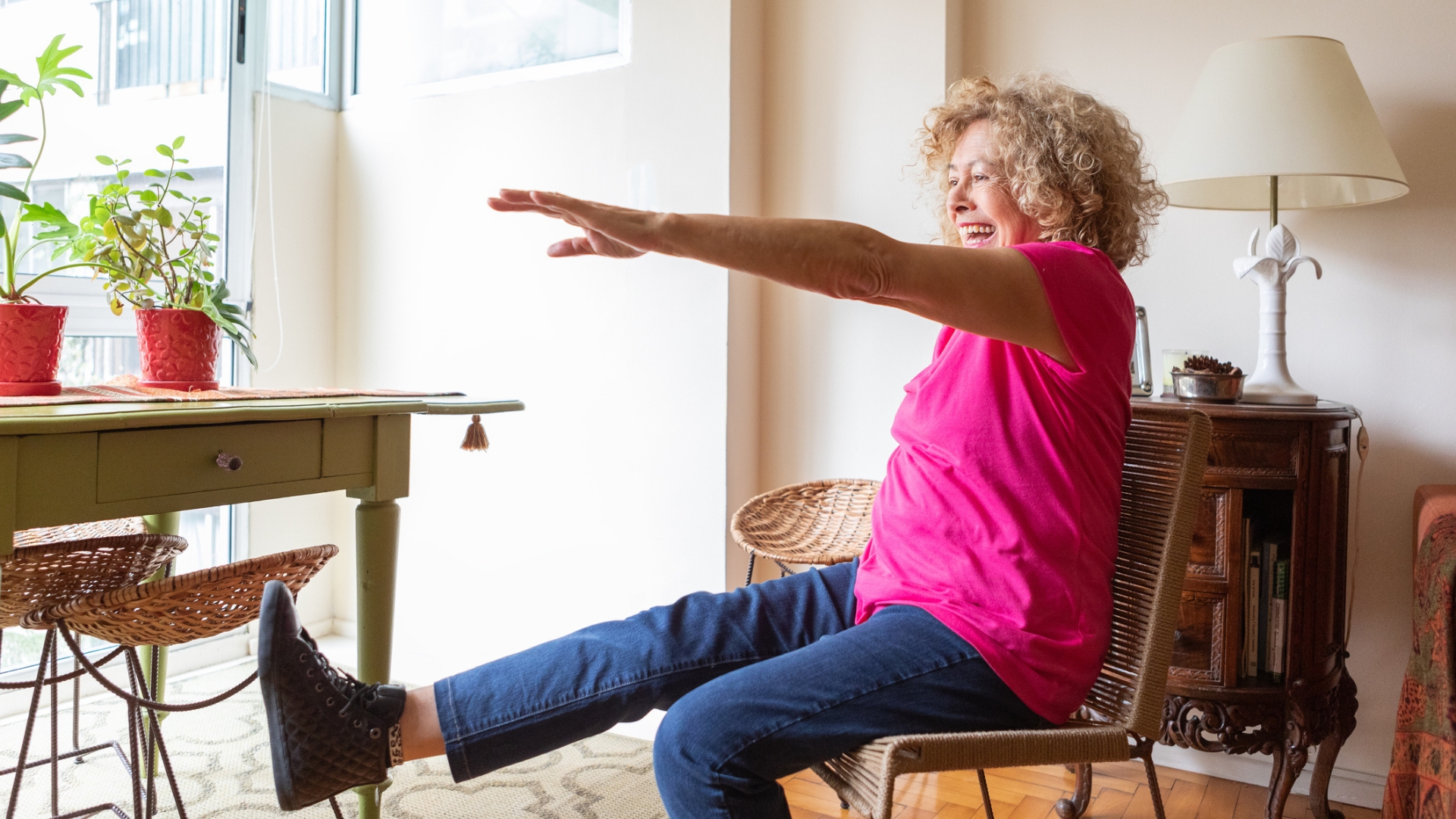Suffering from long COVID? Here's how to manage at work
Symptoms of long COVID can really stunt your return to work but here are some top tips from an occupational health expert


Despite the fact COVID has been around for over two years now it's still a new virus, and a lot is still unknown about the effect of long-term COVID. Many people will struggle to get back into the tempo of work and perhaps not recognize this as long COVID, but there's some workplace adjustments that can help to manage this.
Post-COVID fatigue does exist so throwing yourself into something like a high-intensity run on a best treadmill before your first day back at work will most likely feel pretty bad on your body and lungs. Experts recommend trying relaxation techniques, like practicing yoga or just stretching on a yoga mat, to help lower fatigue as this can relieve stress and help form good sleep routines.
However, once you actually get to work or open up your laptop in your WFH space, the impact of long COVID can really wipe you out. The Office for National Statistics (ONS) estimates around 1.3 million people experience 'long COVID' which refers to symptoms lasting more than four weeks that can't be related to any other cause.
Long COVID is an epidemic in itself, this is why health specialists at Occupational Health Assessment Ltd have put together helpful ways to manage long COVID at work.
Six tips to manage long COVID at work
- Take a gradual approach. There isn't any prescribed timeline for long COVID recovery so bear this in mind. You might not have the energy to go for a lunchtime walk immediately but you could instead aim to stand up from your desk every half hour to stretch.
- Identify ‘baseline’ activity levels. Try to plan what work tasks will be manageable to complete for 5 to 7 days without triggering a relapse.
- Build-in shorter activities and longer breaks. If this is done well the aim is to invert the two over time to build things back up to speed. Start with the small tasks, this might look like replying to emails or running through things you have missed with colleagues.
- Avoiding ‘boom to bust’ patterns. A successful day doesn't necessarily mean long COVID symptoms have gone. So don't go overboard to help with your full return to normal at work. Pace yourself and always take breaks to fuel your body with healthy foods.
- Develop a routine. Creating a routine and structuring your tasks around this can make things feel more manageable.
- Keep an activity diary. This way you know what techniques are working and which ones aren't. This can help lead to the long-term success of your rehabilitation process.

Magnus Kauders, Managing Director at Occupational Health Assessment Ltd stated, “Managers should be aware that symptoms can be unpredictable and fluctuate over time and many people will need workplace adjustments to get them back to good health”.
He noted that return to work plans can be complex and different for everyone but there are common themes that can be overcome when addressed with the tips above.
The ultimate key thing to remember is to not rush things. Anyone who has had COVID has had to spend up to ten days inside, so enjoying the outdoors will also benefit your overall health and mind. Taking a light walk in a pair of best shoes for walking is a great way to grab a breath of fresh air.
Get the Fit&Well Newsletter
Start your week with achievable workout ideas, health tips and wellbeing advice in your inbox.
Jessica is an experienced fitness writer with a passion for running. Her career in journalism began in local news and she holds a Masters in journalism. Jessica has previously written for Runners World, penning news and features on fitness, sportswear and nutrition.
When she isn't writing up news and features for Fit&Well covering topics ranging from muscle building, to yoga, to female health and so on, she will be outdoors somewhere, testing out the latest fitness equipment and accessories to help others find top products for their own fitness journeys. Her testing pairs up nicely with her love for running. She recently branched out to running 10Ks and is trying to improve her time before moving on to larger races. Jessica also enjoys building on her strength in the gym and is a believer in health and wellness beginning in the kitchen. She shares all of this on her running Instagram account @jessrunshere which she uses for accountability and for connecting with like-minded fitness lovers.
-
 I have bunions, but I can't feel them with these affordable Skechers walking shoes—now 22% off at Zappos
I have bunions, but I can't feel them with these affordable Skechers walking shoes—now 22% off at ZapposDeal A generous toe box makes the Skechers Max Cushioning Arch Fit Areena perfect for wide feet
By Lou Mudge
-
 Can't do a sit-up? A trainer says you should do these chair-based core exercises instead
Can't do a sit-up? A trainer says you should do these chair-based core exercises insteadNo sit-ups or planks
By Jennifer Rizzuto